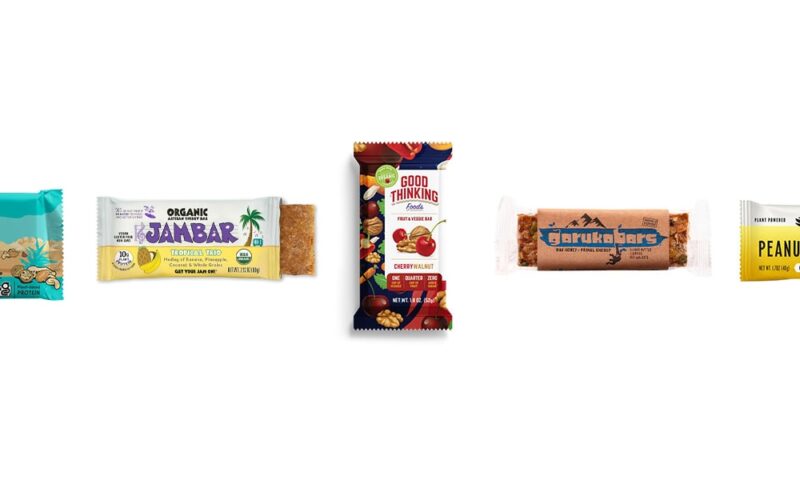Many of us understand, or may have experienced, being “hangry” – that is, the anger or irritability associated with feeling hungry. What’s interesting is that emerging science is showing there is a real connection between food and mood. There are several factors1 that influence your appetite, internally (e.g. hormones and neuropeptides) and externally (e.g. cues, emotions, palatability), and research on the interplay between hunger, satiety and food is continually evolving. Hunger is officially defined as a signal leading to the process of eating and is established at a young age, for many. Satiety is complex, but in simple terms, is defined as the sense of feeling full after a period of eating. Satiety plays a role in how much you eat and can impact certain aspects of your health like weight.
A developing area of research related to satiety is the concept of fullness versus satisfaction. In this context, “fullness” is defined as the physical sense of satiety, as opposed to “satisfaction” defined as the emotional sense of satiety. In a practical situation, a “healthy” meal may leave you feeling physically satiated (“full”) but not mentally satiated (“satisfied”), causing a craving for something more and in some cases could lead to overeating.
Certain foods2 are beneficial for providing a sense of fullness and satisfaction, and research shows walnuts may be one of them. A handful of walnuts is a simple way to help keep you full, thanks to a combination of key nutrients including plant-based protein (4g/oz), fiber (2g/oz) and good fats including polyunsaturated fats like omgea-3 ALA (13g/oz PUFA including 2.5g/oz ALA). In addition, walnuts can help keep you satisfied, given the myriad of ways to incorporate them into your diet – they are never boring. Walnuts are a versatile nut that pairs well with a variety of ingredients, contributing to different taste (sweet or savory) and texture (raw, toasted, or ground) profiles.
Satiety and the Brain Connection
There are specific hormones and areas of the brain that tell the body if it’s hungry or full. Research that investigates appetite hormones and uses novel brain imaging technology to explore neurological responses to food cues shows promise for walnuts’ potential role. Below are two published research studies on this topic.
- A study3 published in Nutrition, showed that healthy, young adults who regularly consume foods that contain polyunsaturated fats (PUFA), like walnuts, may experience favorable changes in appetite hormones associated with hunger and satiety. Participants who consumed a PUFA-rich diet had a significant decrease in fasting ghrelin, a hormone that increases hunger, and a significant increase in peptide YY (PYY), a hormone that increases fullness or satiety. These hormone changes could help with better appetite control.
- Using magnetic resonance imaging (MRI), researchers from the Beth Israel Deaconess Medical Center found4 that eating walnuts may activate an area in the brain associated with hunger and cravings. Obese adults reported feeling fuller when they consumed a daily smoothie rich in PUFAs from walnuts (1.7oz), compared to when they consumed a placebo smoothie rich in monounsaturated fats from safflower oil. Researchers saw increased activity in a part of the brain that is thought to be involved in cognitive control, suggesting participants paid more attention to food choices after eating walnuts.
Important to note, there are several factors that affect one’s satiety – this article is just a snapshot of some of the emerging research related to this area of study. Additionally, larger and longer-term research is needed to clarify population-wide effects and determine the optimal intake of dietary PUFAs that offer the greatest health benefit.
Walnuts can play an important role in helping you achieve or sustain your health goals. Try incorporating walnuts into your meals and snacks for a simple and convenient way to add important nutrients that will help you stay fuller longer.
1Amin T, Mercer JG. Hunger and Satiety Mechanisms and Their Potential Exploitation in the Regulation of Food Intake. Curr Obes Rep. 2016;5(1):106‐112. doi:10.1007/s13679-015-0184-5
2Chambers, L. McCrickerd, K., Yeomans, M. Optimising foods for satiety. Trends Food Sci Technol. 2015:41(2):149-160. https://doi.org/10.1016/j.tifs.2014.10.007
3Stevenson JL, Paton CM, Cooper JA. Hunger and satiety responses to high-fat meals after high polyunsaturated fat diet: a randomized trial. Nutrition. 2017;41:14–23. doi:10.1016/j.nut.2017.03.008
4Farr OM, Tuccinardi D, Upadhyay J, et al. Walnut consumption increases activation of the insula to highly desirable food cues: A randomized, double-blind, placebo-controlled, cross-over fMRI study. Diabetes Obes Metab. 2018;20(1):173-177. doi: 10.1111/dom.13060.



